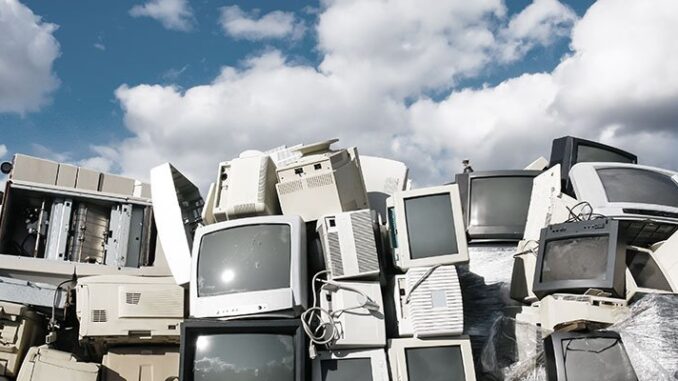
You may be thinking that the winner of the most environmentally-friendly title in the battle between digital marketing and print marketing is an obvious one. Those poor trees, right?
Well, you may be surprised to know that it isn’t anywhere near as clear cut as that.
The environmental impact of digital marketing
Throughout our day-to-day lives, we repeatedly get asked whether we would like to go paperless with our bills and bank statements, whether we would like to have our receipt emailed to us instead of being handed a paper copy and to consider whether we really need to print that email. And, in most cases, the given reasons behind these messages imply that by doing so we are saving the environment. Yet, the cost saving implications for the business will often have a bigger role to play in the introduction of these kinds of initiatives.
The thing is, communicating electronically is harmful to the environment too.
First of all, consider the materials computers and other electronic devices required for digital marketing – such as routers, servers, etc, – are made from. Although electronic devices are getting smaller, they still require a lot of plastic and other manmade materials. Plus, many of the electrical components require rare metals which have to be mined – and there are only finite resources of them.
And, at the other end of the device’s life, these components then have to be disposed of somewhere. And, unfortunately that is often not done with the environment in mind. In fact, a recent report found that the UK is the worst offender in Europe for illegally exporting electronic waste to developing countries. That is toxic electronic waste that can contaminate nearby crops and harm the local population.
Then, consider the actual use of the equipment and the electricity that requires. It’s easy to overlook all of the technology and digital infrastructure that’s in the back ground when we use the internet. Web server farms, data centres, cellular networks, and so much more, are running 24/7 so that we can use digital technology whenever we want.
To help put the amount of energy involved in running this infrastructure into perspective, it can be helpful to know that sending one email results in around one gram of CO2 being released into the atmosphere. When the experts crunched the figures, they worked out that this meant if everyone in the UK sent one less email a day it would reduce emissions by the equivalent of 811,522 flights to Madrid.
That email campaign doesn’t seem so environmentally friendly any more, does it?
The environmental impact of print marketing
We aren’t going to harp on about the environmental impact of print marketing as, while the rise in digital marketing has been happening, it has been banded about extensively. The damaging chemical’s in the inks, cutting down trees for paper, transporting the finished goods, mailing them out – the list apparently goes on and on!
But, the reality of the matter is that while digital technology has been evolving, so has print technology. The amount of harmful chemicals in inks has been reduced; moving away from litho printing means smaller print runs can be done, reducing waste; greener modes of transportation are available.
However, all of this is often overlooked because the print industry is still seen to be cutting down trees and contributing to deforestation. But, in reality, the paper industry is an incredibly sustainable industry and actually benefits forests by protecting large areas from deforestation and mining.
Print companies are increasingly aware of their environmental impact and are taking measures to reduce it in all manner of ways (or the good ones are anyway!). You can read about the initiatives we have put in place and the regulations we adhere to here.
So, which is greener?
There is no clear-cut answer here I’m afraid. Neither print or digital marketing is “green”. Both have their environmental costs – just like everything we do has – but, it’s likely that print isn’t anywhere near as bad as you were thinking. And, on the flipside of that, digital marketing is a lot worse.
If you’d like us to help you create an environmentally-conscious marketing campaign, get in touch with a member of our team.

Leave a Reply